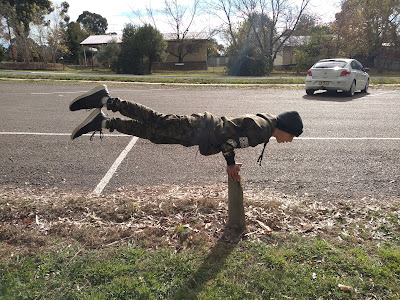Garden sorrel is a highly productive perennial leaf vegetable that takes next to no effort to grow. My kids like eating sorrel raw, we also add small leaves to dishes in small amounts instead of silverbeet or spinach. My chickens appreciate being fed sorrel when there are not many other options in the garden. Sorrel leaves are great in the compost, people refer to them as being good compost activators. What that means is these leaves have a lot of minerals that compost microbes need to eat.
Sorrel is great, but it does not cope with storage or transport. This means you will never see sorrel for sale in the shops, and if you want to eat it you will need to grow it for yourself. This plant is very productive, it produces copious amounts of large leaves. Being a perennial vegetable means you plant once and harvest forever. I don’t find it to be invasive at all, and I dig and move clumps at any time of year as they are not finicky. I find my plants tend to divide a few times each year even under pretty hostile conditions. If I hack a piece of plant off and accidentally do not get any roots they still seem to survive for me, it just takes them a little longer to grow.
I have always considered also growing a related perennial vegetable known as blood sorrel, or red veined sorrel (Rumex sanguineus). This is a very similar plant in every way, except it has green leaves with strikingly red veining.
 |
| My daughter holding blood sorrel leaves |
There appear to be people selling varieties called ‘raspberry dressing’ or ‘blood spinach’, but as far as I can determine these people are just growing unnamed seed grown plants and the fun names are referring to the species rather than an improved cultivar. There seems to be a little genetic diversity among my plants, and these are simple to propagate by division, meaning it should not be too difficult to breed an improved cultivar if wanted.
 |
| Each leaf looks different |
Blood sorrel is said to be very high in vitamin A, vitamin C, iron, potassium, and a few other vitamins and minerals. The leaves and roots have been used for centuries for various healing purposes. I don’t know how well they work, but I do know if someone get hurt by stinging nettle that I can rub and smush a leaf on the site and their pain goes almost immediately. It is easy for my kids, when they are in a panic from pain and blinded by excessive tears, to find this plant in the garden as it is so distinctive. As well as all of this, each leaf has truly beautiful markings.
 |
| Leaves with unique markings |
Leaves can be eaten raw or cooked. Just like French sorrel there are numerous recipes that use this plant as the hero of the dish, as well as many that use this as a side dish. The colour is pretty amazing in a garden salad, people often pick the smaller leaves for this purpose so as not to diminish from how pretty it is. Like many other leaf vegetables it is high in oxalic acid, it is safe to eat but you probably don’t want a diet that consists solely of this.
 |
| Seedlings looking good |
Blood sorrel is a perennial vegetable that is just as edible and nutritious as garden sorrel, except the red colouration is a little healthier for you. The taste of blood sorrel seems pretty much the same as regular sorrel but less acidic. Young leaves are tender and mild in taste, as leaves grow larger they become more lemony. I find garden sorrel to be a bit too sour, but blood sorrel is less sour.
I only have younger plants, so my blood sorrel has not grown as large as my several year old garden sorrel. I am told they will be much the same size, and should divide with much the same vigour. Even the shape of the leaves is pretty similar.
 |
| My daughter sees hearts in the markings |
I have seen photos of people growing blood sorrel as an ornamental, and they do look incredible. I think growing a row of alternating green garden sorrel with green and intensely red blood sorrel would look amazing. Being so ornamental, if times get tough and you need to grow food from a survival garden I think most people would overlook these.
If you have a little extra space in your garden I think blood sorrel are well worth growing. They are nutritious, simple to grow, healthy to eat, possibly medicinal, and high yielding. If nothing else, they are very ornamental and would draw comments from visiting gardeners as they oooh and aaah over your amazingly ornamental vegetables.













































